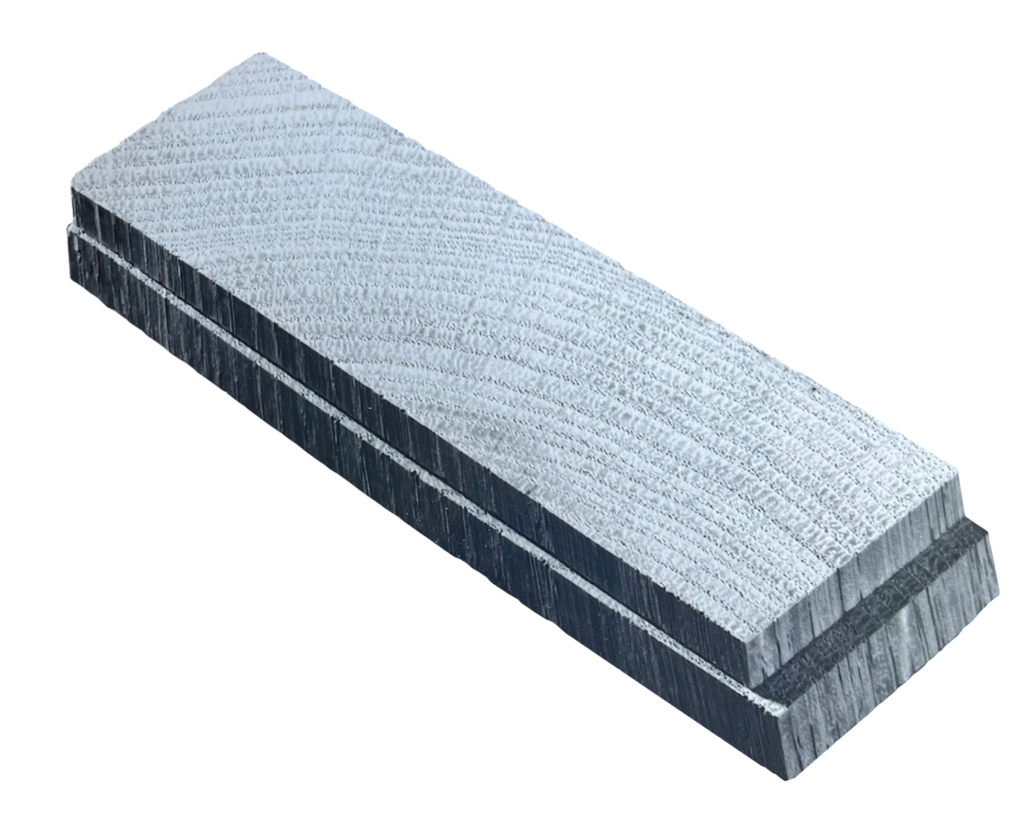When we first started selling moisture meters 40 years ago, many woodworkers asked: Why do I need a moisture meter?
The answer: Because all the hard work, money and time invested, cannot prevent wood from shrinking and expanding, if the moisture content is not right.
To demonstrate shrinkage, we obtained a board of semi-dried White Oak with a moisture content of 18%. Two pieces the same size were cut from the board, 4″ long, 1″ wide and about 1/4″ thick. One piece was kept at the original 18% moisture content, the other piece was dried down to 8%.

The difference in length was surprising. The large amount of shrinking in the upper piece was attributed to the selected species – the large shrinkage factor of White Oak, and to the orientation of the grain. Notice how the grain runs almost parallel to the length of the board.
Every home has moisture sensitive areas such as entrance ways, kitchens, close to showers, etc. For those areas it is best to use wood with a small shrinkage factor and grain as close to quarter-sawn as possible to reduce shrinkage, in case the ambient conditions change.
Why is shrinking and warping so unpredictable?
What makes wood so special is that every board has a different design made by growth rings. However, the different orientation of the growth rings causes wood to shrink and warp unpredictably – often to the dismay of the woodworker, cabinet maker or floor installer.
Wood is structured by year rings, which form a series of more or less concentric cylinders. These cylinders consist of irregular tubes which transport nutrients and support the tree. When wood absorbs or loses moisture the tubes swell or shrink. The most shrinkage can be expected along the year rings, and the least occurs between the year rings. The different structure of growth rings each board has, makes the potential for shrinkage and warping different for every board.
The best tools and excellence in craftmanship cannot guarantee a quality product if the wood is not right. Grade species, and moisture determine the usefulness of wood.

